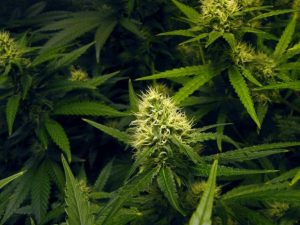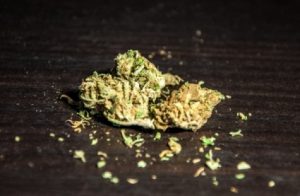Report: Teens Now Find it Tougher Than Ever to Find Marijuana
One of the primary concerns of opponents to marijuana legalization was that it was going to fall into the hands of teenagers, whose brains are still developing and lack the full capacity for risk assessment. 
Now, a new study analyzes a host of risky teen behavior, including marijuana consumption. Among the findings of the Monitoring the Future survey, conducted by the University of Michigan, younger teens are reporting that marijuana is more scarcely available to them now than it was nearly 25 years ago.
At this point, explanations for this trend are theoretical. What we do know, however, is that legalization of marijuana leads to greater regulation. It undercuts the black market, where there are no rules about who can buy marijuana or how much. With those black market outlets shrinking, it puts most of the supply in the hands of regulated dispensaries, which are overseen by the state. The state has very strict rules about who can purchase the drug, how much they can buy – and how old those buyers have to be. Continue reading
 Cannabis Law Group's Medical Marijuana Legal Blog
Cannabis Law Group's Medical Marijuana Legal Blog













